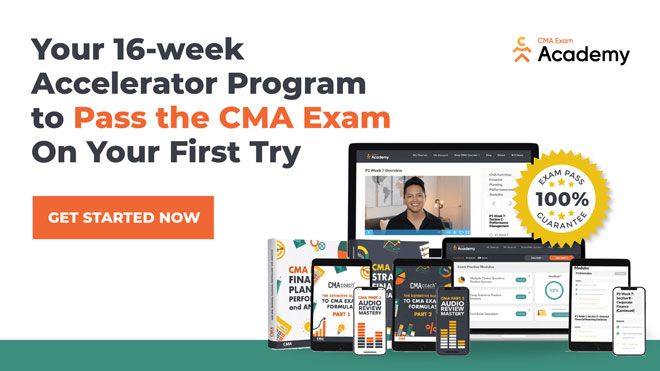The Annual Budget, commonly known as the Master Budget, comprises various budgets of an enterprise. Developing an annual budget for a large business takes several months to complete.
The Development of the Annual Budget
The annual budget of an enterprise can be fully developed only when all its other budgets have been entirely finished.
For instance, the purchase budget cannot be developed until the approximate sales figures are forecasted by the sales department. Hence, the sales forecast in the sales budget enables the purchasing department to determine the raw material requirements.
Therefore, the purchase budget can be developed only after the sales budget is ready. Likewise, the production budget is also dependent on the sales budget. The production budget can only be completed when the sales budget is finalized.
To simplify it all, the sales budget is the first budget that must be developed before any other.
Involving the Right People in the Budget Process
Involving all the right people within an enterprise in developing the Annual Budget is absolutely essential.
The development of the Annual Budget should not be undertaken solely by upper and/or senior management. Most often, lower-level managers have a profound understanding of various possibilities concerning the operations of the organization and their input can be immensely valuable.
Besides, they have a good knowledge of the resources needed to meet the different activities of the enterprise. For these reasons, the lower-level managers need to be involved in the development of the master budget.
Benefits of Participative Budgeting
Involving lower-level managers and other employees during the development of the master budget is known as Participative Budgeting. This method of budgeting motivates the employees by conveying a sense of ownership and accountability.
Consequently, the budget is readily accepted by all employees of the enterprise and receives greater support during the implementation phase.
Additionally, the accuracy of the annual budget is immensely enhanced since it has been prepared by the people who are actively involved in the day-to-day operations of the organization.
Bottom-up Budgeting
Bottom-up budgeting is almost identical in concept to participative budgeting. This method of budgeting starts at the lowest levels in the various areas of an organization to determine income and expenses.
Here, upper management is not entirely ignored. In fact, upper management is responsible for setting the goals and objectives, establishing the priorities, and rendering the required support in ensuring that the whole process is efficient and effective.
The Planning Calendar
The document that lays down the various guidelines concerning the policies, procedures, and deadlines of the budgeting process is known as the Planning Calendar.
The Budget Manual
The budget manual essentially lists the whole budgeting process. It pays special attention to the most important sub-process within the budgeting process, namely the communication and distribution process.
After the completion of the budget of one department, it must be properly communicated to all the other concerned departments whose budgets are dependent on the information contained in these completed budgets.
If you would like to receive free content and exam tips via email, please subscribe using the form below. I wouldn’t want you to miss out on these golden nuggets.

Hi, I’m Nathan Liao (aka the CMA Coach)! For the last 10 years, over 82,000 accounting and finance pros came knocking at my door seeking guidance and help. If you’re also aiming to conquer the CMA exam on your very first try—without wasting away time or money—you’ve found your ultimate guide. Dive in deeper to discover more about me and the dedicated team that powers CMA Exam Academy. Click here and let’s embark on this journey together!



One Comment on “CMA Exam Study Notes: Annual/Master Budget”
c m a is important for the account